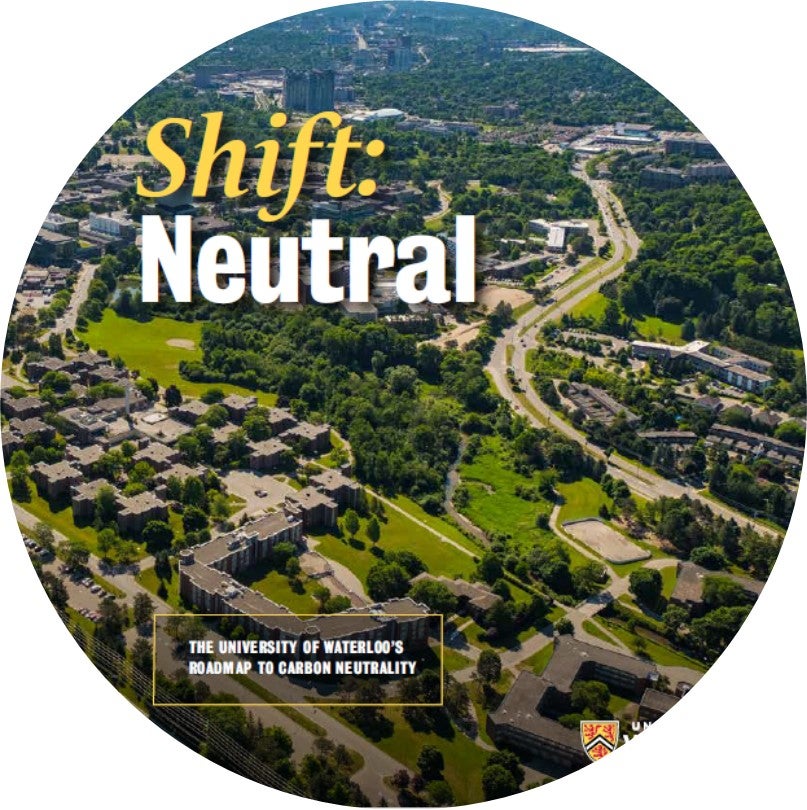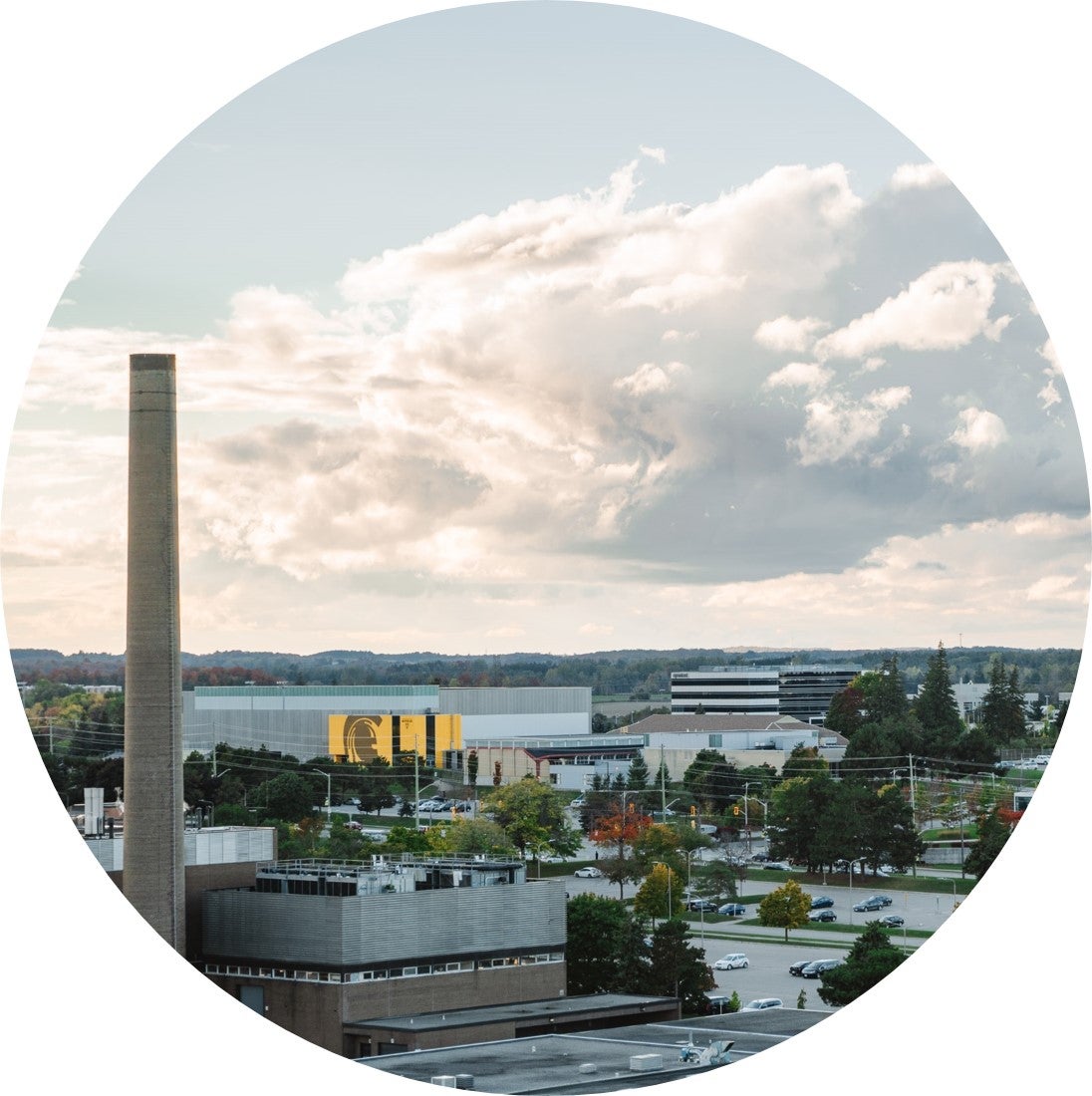
Overview
We're taking action to address the climate crisis.
Climate change is one of the most pressing sustainability issues, and will require significant, coordinated effort to address. Waterloo's buildings and equipment are a major source of emissions, and the campus is taking action through a series of programs and investments guided by the Shift:Neutral climate and energy action plan. Learn more about Waterloo's commitments to carbon neutrality:

Shift: Neutral climate action plan
In 2020, Waterloo approved its first climate and energy action plan, Shift:Neutral, providing a roadmap for the University to reach carbon neutrality by 2050. It also includes interim targets of a 17.5% reduction by 2025, a 35% reduction by 2030, and a list of action areas and policy recommendations for implementation. Many infrastructure projects and initiatives are currently underway.

Climate Emergency Declaration
In June 2021, the University of Waterloo joined thousands of communities and organizations around the world in declaring a climate emergency. This declaration reflected on the growing seriousness and urgency of climate change and on Waterloo's role in addressing climate change across teaching, research, operational practices, and partnerships. Read the full Climate Emergency Declaration.


